Life
-
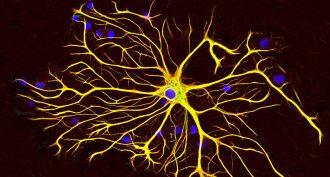 Brain
BrainHunger’s little helpers
Astrocytes were thought to be nothing more than support cells for neighboring nerve cells. A new study suggests they do much more. These brain cells may help control appetite, too.
-
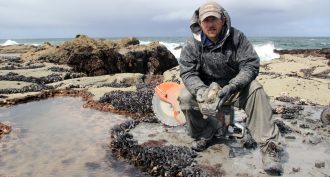 Fossils
FossilsFossil hunting can start as child’s play
Paleontology isn’t just for professionals. You don’t even need to be a teen to sometimes make startling — and scientifically important — contributions.
-
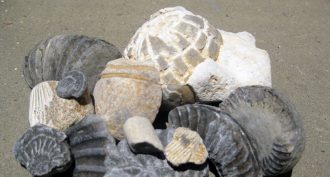 Fossils
FossilsExplainer: How a fossil forms
Minerals can replace any bone, shell or once-living tissue and also fill in the spaces between these hard parts, birthing a fossil.
-
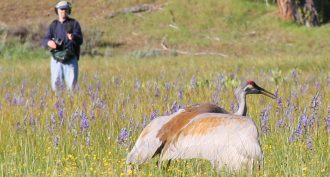 Animals
AnimalsA library with no books
The Macaulay Library at Cornell University has no books. Instead, the audio library has been accumulating sound recordings since 1929.
-
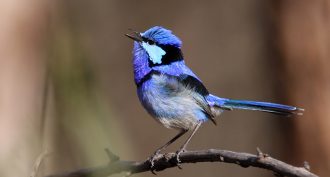 Animals
AnimalsA library of tweets (and howls and grunts)
The Macaulay Library houses a world of animal sounds. And now anyone with an Internet connection can check out this audio collection.
-
 Environment
EnvironmentNative ‘snot’
The ‘rock snot’ choking rivers may be native algae. Experts blame its sudden and dramatic emergence on changes in Earth’s atmosphere, soils and climate.
-
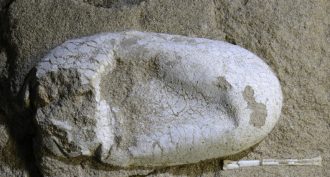 Fossils
FossilsThese prehistoric fliers likely nested together
Fossils in nest of newfound pterosaur species suggest these animals were part of a social network — and may even have lived communally.
-
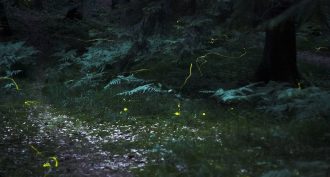 Animals
AnimalsFree app tracks fireflies
Scientists are worried about firefly populations. Now you can use a free app to map firefly flashes, and contribute data to tracking the health of this popular summertime bug.
-
 Genetics
GeneticsNewfound DNA ‘enhancer’ behind many natural blonds
Some snippets of DNA other than genes play a role in giving some people of European a golden crown of hair.
-
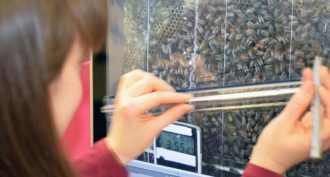 Animals
AnimalsDecoding bee dances
Biologists have started eavesdropping on bees — or their dancing sign language — to identify where these buzzers prefer to forage. This info is pointing to which bee-friendly habitats may be most important to preserve.
-
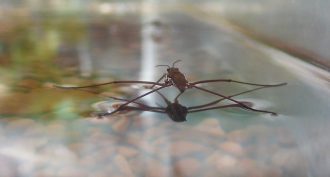 Animals
AnimalsTeen studies water strider disappearing act
As a child, Xidian Zhang loved to play with water striders. Now they’re gone, and pollution may be the reason. This teen’s findings earned him a spot at the 2014 Intel International Science and Engineering Fair.
-
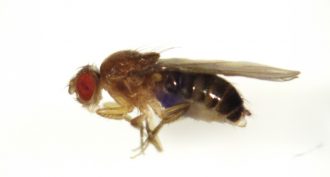 Animals
AnimalsA science fair project makes bug killing sweet
Simon Kaschock-Marenda wanted to see how flies responded to different sweeteners. Along the way, he discovered an insecticide that would pose little risk to people. And the 14-year-old is now a published author on a scientific paper.